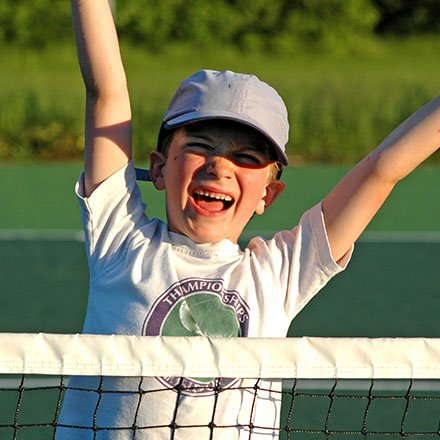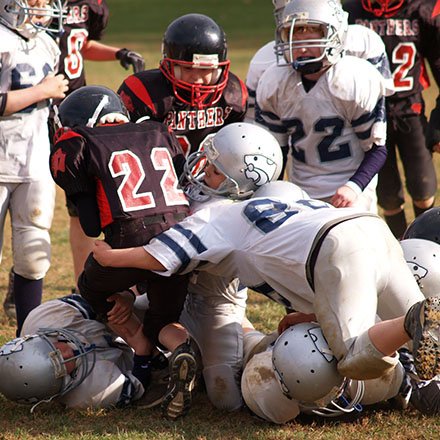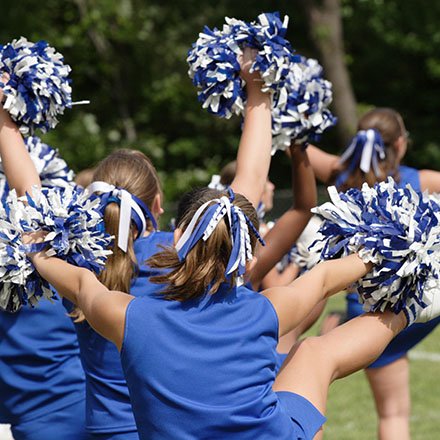Education is Key to Addressing Rise in Youth Sports Injuries
By Barry P. Boden, MD
The Orthopaedic Center and AOSSM Board Member
There’s a little-known epidemic occurring in our nation. More than 3.5 million injuries requiring medical treatment occur annually in youth sports, according to the National SAFE KIDS Campaign and the American Academy of Pediatrics. The Centers for Disease Control & Prevention says that half of those injuries are preventable.
That’s why the American Orthopaedic Society for Sports Medicine (AOSSM) and the National Council of Youth Sports (NCYS) have teamed up to present STOP (Sports Trauma and Overuse Prevention) Sports Injuries. AOSSM is the premier global sports medicine organization representing orthopaedic surgeons. AOSSM members treat athletes from the grassroots to the professional level. Our work is rooted in scientific research.
The STOP Sports Injuries resources are designed to provide athletes, administrators, coaches and caregivers with all the information they need to make injury prevention and safety a priority. Education is the key to addressing the rise in youth sports injuries.
As an orthopedic surgeon, I see my share of adult-like injuries. If preventive measures are not taken, many of these injuries could set the stage for early-onset osteoarthritis, a degenerative joint disease generally found in older patients. I’m concerned because these injuries have the potential for permanent damage through adulthood.
Several years ago, the AOSSM Board – including then-STOP Sports Injuries co-campaign chair and renowned orthopaedic surgeon James R. Andrews, MD – identified overuse injuries in young athletes as a critical issue. In response, STOP Sports Injuries resources were developed by AOSSM, with support from the American Academy of Orthopaedic Surgeons, the American Academy of Pediatrics, the National Athletic Trainers’ Association, the American Medical Society for Sports Medicine, SAFE Kids USA, the Pediatric Orthopaedic Society of North America and the Sports Physical Therapy Section.
AOSSM is now thrilled to partner with NCYS to deliver these important resources to a national audience. By collaborating with NCYS, we are focused on reducing injuries and improving the health and well-being of young people. We believe that together we can provide youth sports organizations and the public with accurate information and resources to recognize and prevent overuse injuries.
“Safety is foundational to the youth sports experience,” said NCYS Executive Director Wayne B. Moss. “Without safe environments, young people cannot get the outcomes associated with sports. We’re proud to partner with AOSSM in this historic effort because its high-quality, evidence-based research approach makes it best-in-class.”
NCYS will make available a variety of content, including tip sheets, to assist administrators, coaches and parents navigating through these issues to become better educated. Sport-specific, injury-specific and general resources can be found on the NCYS STOP Sports Injuries webpage.
Physical activity is necessary for the growth and development of young people. Injuries are a part of the game, but the health and leadership benefits of participating in sports far outweigh the potential for injuries. This partnership is designed to reduce the number and severity of these injuries.
According to Stanford Children’s Health, some 62 percent of injuries occur during practice. Injuries not only result in lost playing time but also contribute to lost school and work time for youth athletes and their parents. They also are a contributing factor in young people dropping out of sports. Some 70 percent of youth “retire” from sports by the age of 13.
There are two types of injuries to monitor: acute and overuse. Acute injuries typically happen as the result of a single event, such as a broken finger. In contrast, overuse injuries occur when activity levels are excessive over a short period or tissues break down because of specialization. Children need adequate time for the body to repair and recover.
On behalf of AOSSM and its Board of Directors, we look forward to providing you with the best science-based information to keep young people in the game!




